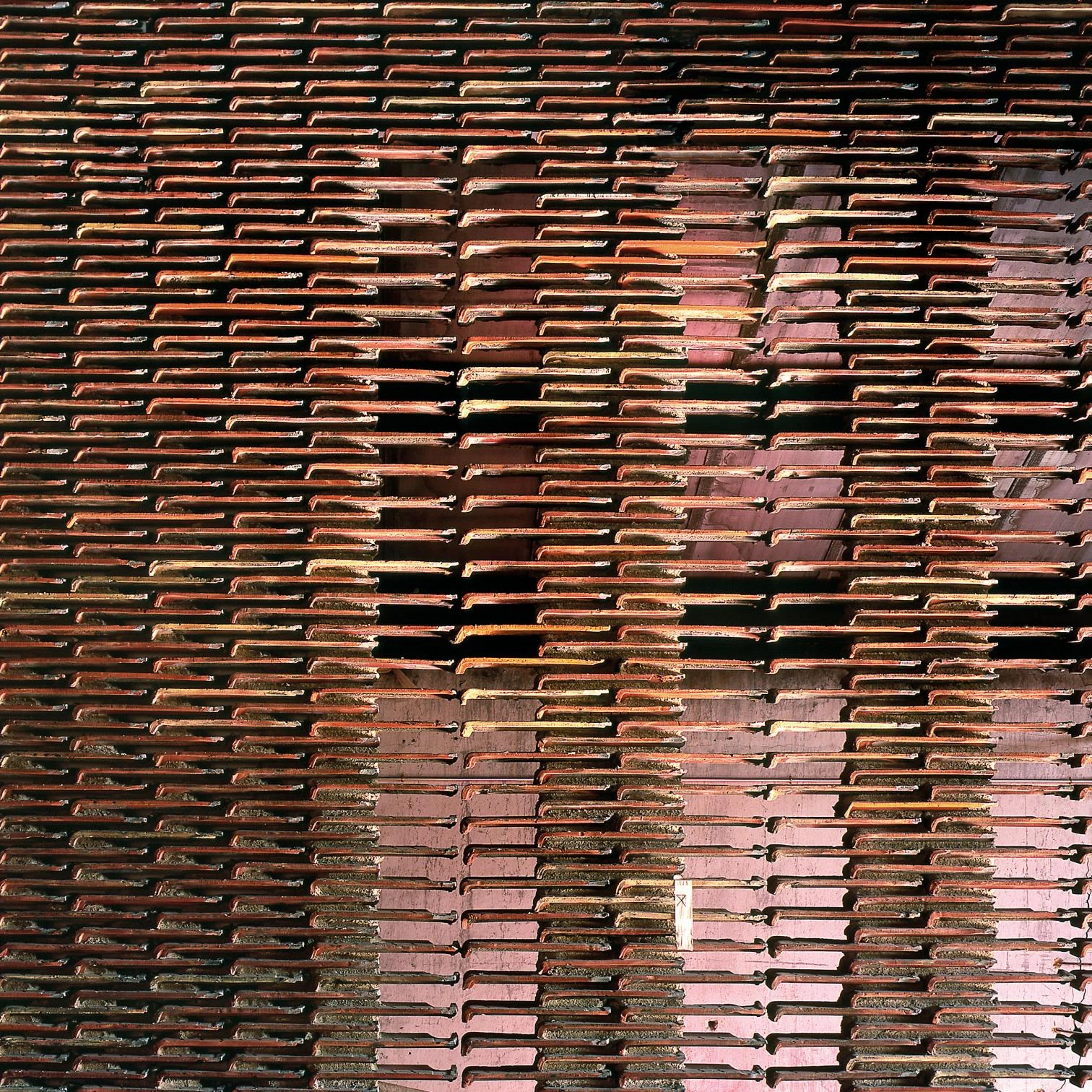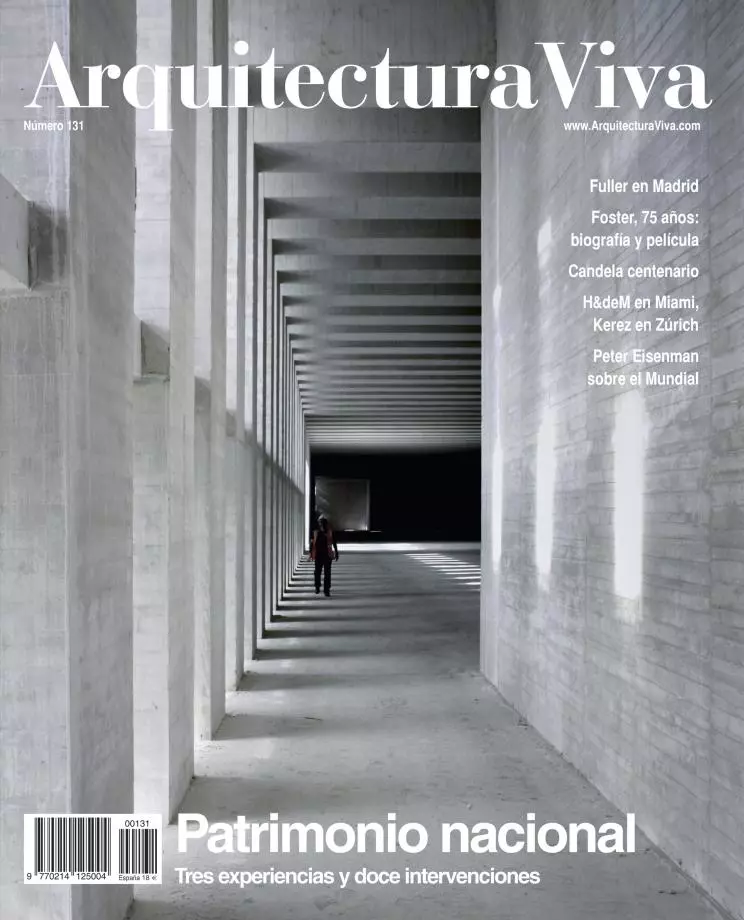
If our only true homeland are the landscapes of childhood, our only heritage are the memories which serve as a support for our personal or collective identity. But our memory feeds not only on pale photographs, forgotten music or fading perfumes; it is also enhanced by the physical experience of the environments, buildings and places that have been the backdrop of life. Architecture is our Madeleine of Proust, and protecting its works from the stubborn decay produced by time and neglect amounts to facing the deliberate oblivion of this lotus-eating culture, where social amnesia is combined with the fabrication of fictions, and where the ravages of entropy are lesser than the devastation caused by historical fakes.
Each generation rewrites its past, reinterprets its buildings with the interests of the present, and intervenes in obsolete architectures in order to adapt them to new uses. This regeneration of inherited constructions harbors an inevitable destructive component, because the surgery of the works cannot do without the scalpel, but in the majority of cases the loss is compensated for with an extension of the life cycle that is only possible with a stop by the operating theater. The nostalgia for the traces of neglect is as respectable as the feeling of indignation when venerable masonries are treated with invasive plastic surgery and therapeutic cruelty; but we cannot criticize the cautious medicine that extends and enriches life.
Until recently, the concept of heritage was linked only to very ancient or unique works, whose custody fell routinely on historians and archaeologists. Today, the extension of this label to an endless number of fields, from landscape or agriculture to engineering or industry, and its application to the most immediate past – including modern heritage, but also conventional urban contexts – transfers the emphasis from the conflictive ground of collective memory to the negotiable space of the everyday. In this way, while the iconic and memorable works are disputed between the political agents and the leisure industry, everyday heritage is recovered, refurbished and renewed as a source of usefulness and pleasure.
Built heritage, after all, is not just frozen memory. As much the monumental as the anonymous accrue the energy of its materials and its construction: a legacy that each generation receives from the previous one, and that must be managed sensibly, without letting the existing act as a rigid shell that prevents the growth of the social organism, but without allowing either this wealth go to waste with indifferent neglect or unnecessary destruction. Affluence has turned us into fanciful children that forget or break their toys to replace them with new ones, and we must show that spoiled generation how to remember, to refurbish and to reuse. These old toys are our heritage, and perhaps our homeland.





